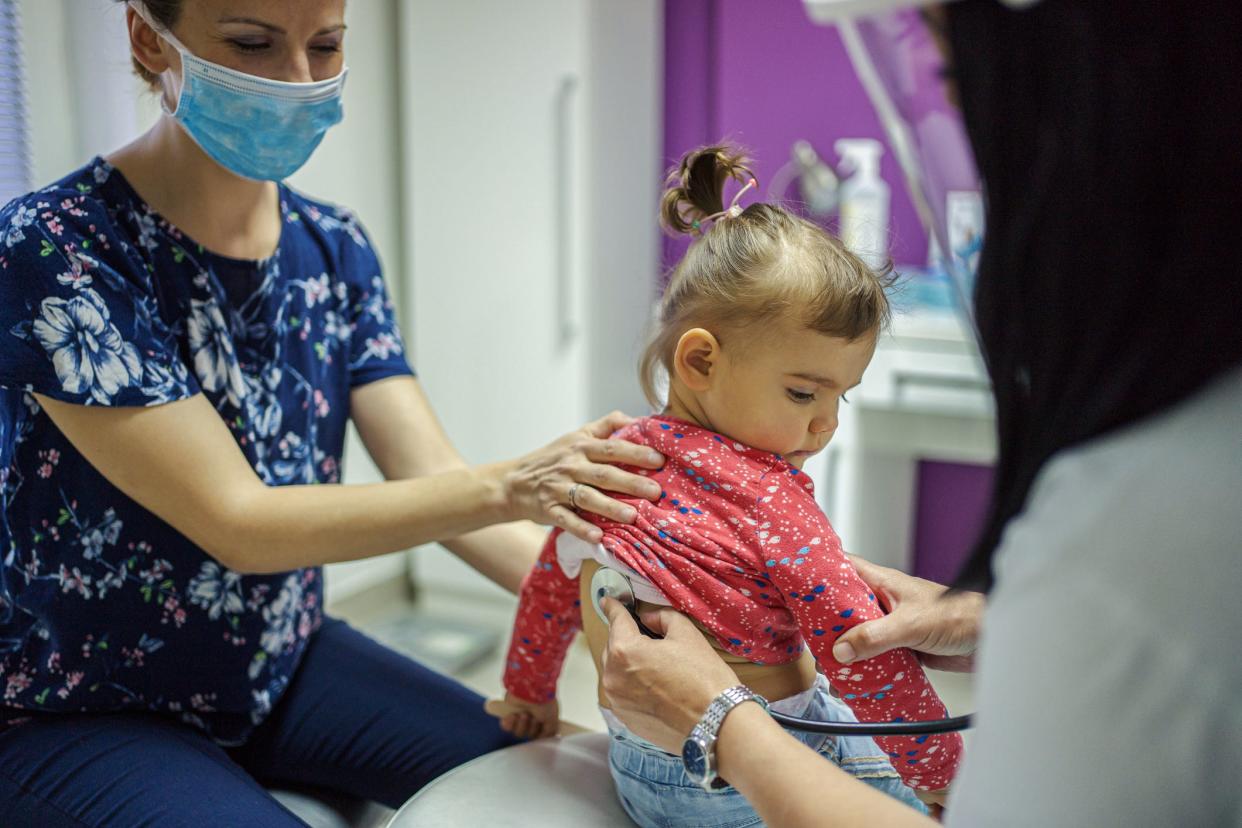Despite its frightening name, this disease is actually a common childhood illness

Adam’s Journal
A friend told me her preschool-age daughter likely has fifth disease. I’ve never heard of it, but it sounds scary. Is it?
Dr. James Prescribes
Despite the frightening name, fifth disease is a common childhood illness. In most, its symptoms are mild and pass relatively quickly.
The culprit behind fifth disease is a virus known as parvovirus B19, which spreads through respiratory secretions like phlegm and saliva. Infection usually presents through some combination of fever, runny nose, headache and, finally, a rash, which typically develops later.
Rashes most often appear in children who contract the virus. Those rashes frequently develop on the face, which lends the condition a second moniker: “slapped cheek syndrome.”
In some patients, a second rash will develop on other parts of the body after the first one heals.
Most adults are immune to fifth disease because we likely contracted it as children (even though our symptoms may not have been severe enough to make the infection memorable). However, if you do get the illness as an adult, you may develop joint pain and swelling. This condition can often look like rheumatoid arthritis but typically passes in a few weeks without any long-term problems.
As is often the case, even with contagious illnesses that are mild in most, fifth disease can pose more serious threats to people with compromised immune systems. In rare cases, it can also cause complications in pregnancy.
There is no vaccine or specific treatment for fifth disease, which usually goes away on its own after a few days. Symptoms can, if needed, usually be managed with over-the-counter medications.
A blood test is available that can tell you if you’re immune, susceptible or have been infected recently. However, it’s normally only used in those who have been exposed and are at higher risk for complications.
I’d be remiss if I didn’t answer a final head-scratcher you might have: How the illness got its name. It was the fifth viral skin rash – after measles, scarlet fever, rubella and another condition now thought of as a part of scarlet fever – known to affect children.
James, a physician-scientist, is vice president of clinical affairs at the Oklahoma Medical Research Foundation. Cohen is a marathoner and OMRF’s senior vice president and general counsel. Submit your health questions to contact@omrf.org.
This article originally appeared on Oklahoman: Fifth disease is a common childhood illness with no vaccine

